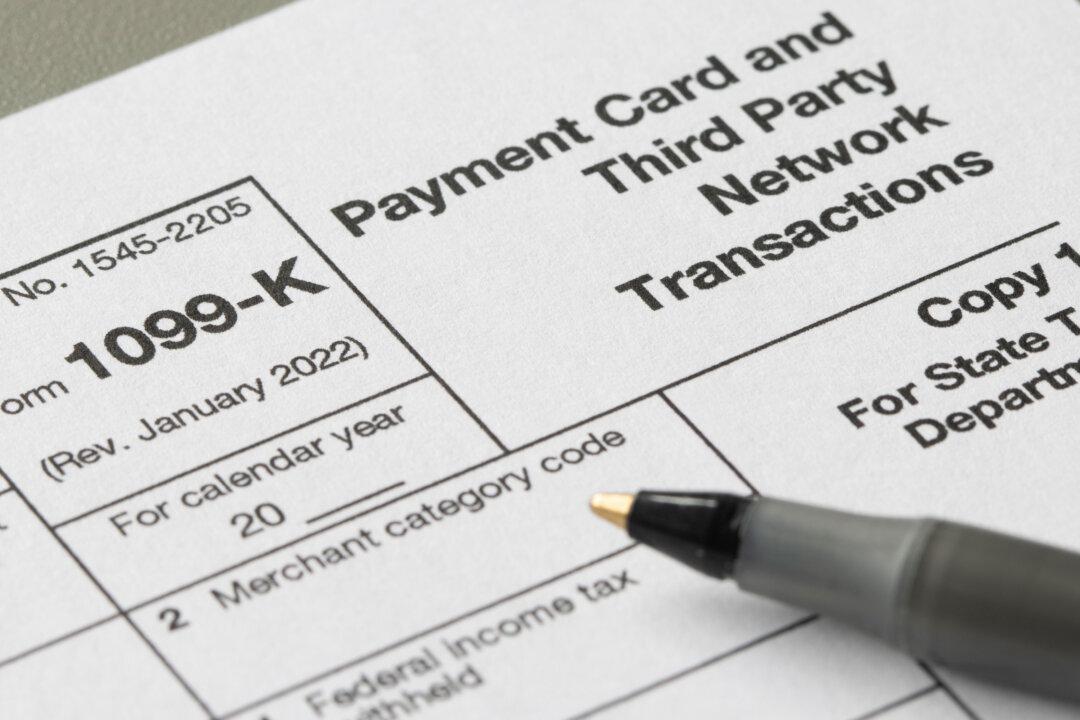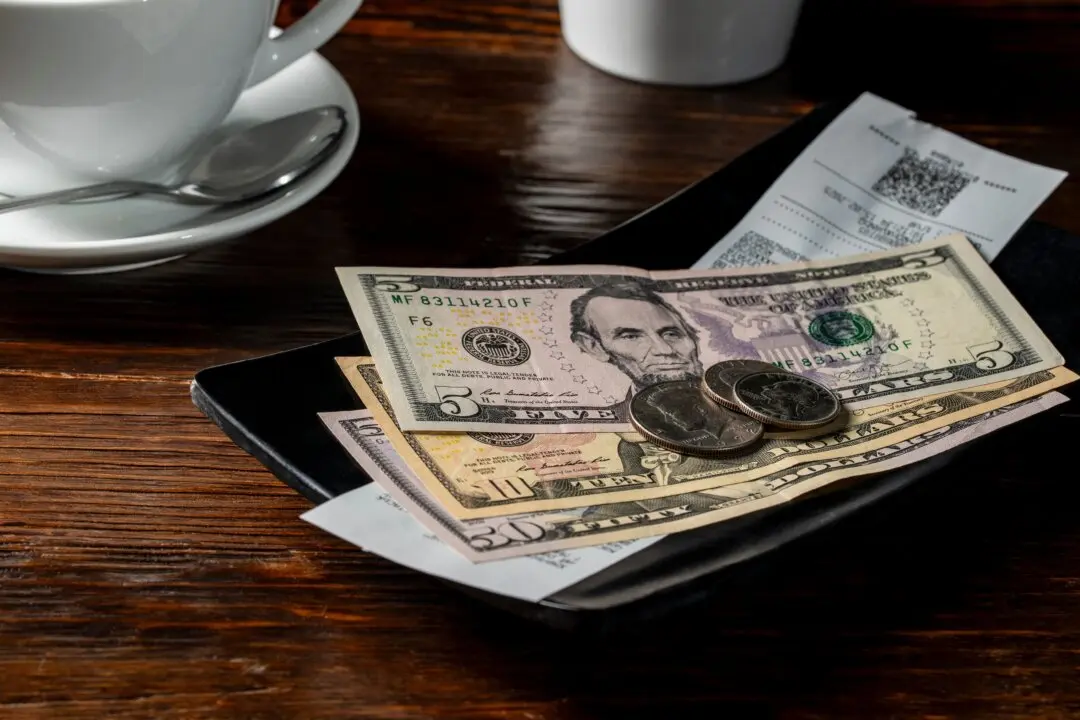A required 1099-K form for services from third-party payment networks has been delayed. A 1099-K will not have to be issued for services over $600. Although there is a top number where they will be issued, in tax year 2022, the lower threshold will not count.
Many people, like freelancers and online sellers, use third-party payment networks to collect their funds. But how will current tax laws and next year’s tax laws affect how they file?






